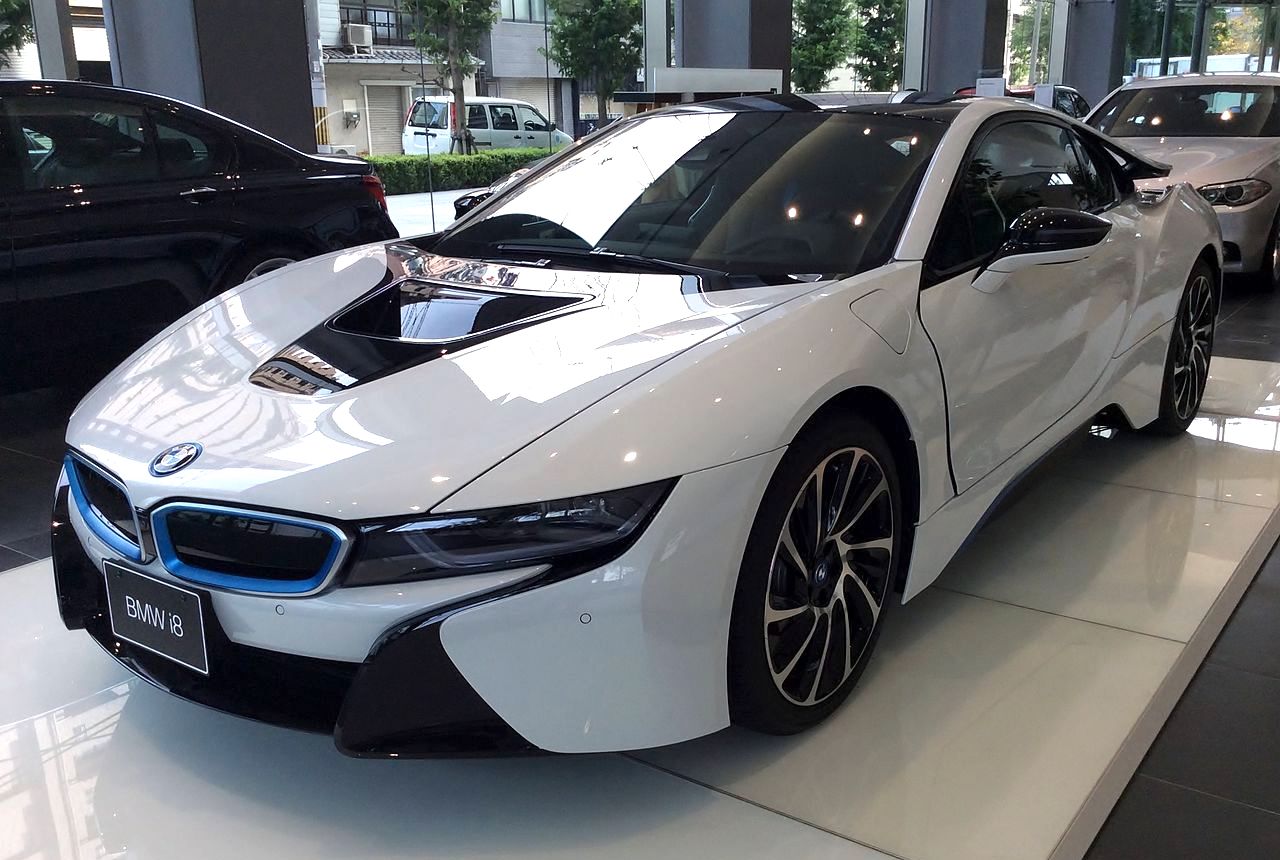
BMW’s competitive strategies and growth strategies empower the business to achieve and retain a strong position in the industry, especially in the market for premium automobiles. The company’s position against other automakers is supported with generic competitive strategies for products that are differentiated from other vehicles. For profitable performance, BMW’s growth strategies address and exploit growth opportunities in the global automotive market. These growth strategies account for technological innovation trends in the automotive industry. Also, BMW’s competitive strategies integrate innovative technology that matches market demand and target customers’ preferred automobile and motorcycle functions and qualities.
Bayerische Motoren Werke/Bavarian Motor Works (BMW) succeeds as a result of the effectiveness of its generic competitive strategies that ensure profitability despite strong competitors. The company’s intensive growth strategies also improve sales revenues in regional car markets. The combination of these competitive strategies and growth strategies contributes to the realization of goals based on BMW’s mission statement and vision statement.
BMW’s Competitive Strategies
BMW’s competitive strategy of differentiation is a primary factor influencing business success in the global market. In Michael Porter’s model, the goal of differentiation is to develop competitive advantages through features or qualities that make the company’s vehicles different or unique, relative to competing automobiles and motorcycles. This generic competitive strategy moves BMW’s business organization to develop products that are different from those of competitors, such as Tesla, Toyota, Ford, General Motors, and other automakers, as well as Harley-Davidson and other motorcycle manufacturers.
These automotive and motorcycle manufacturing firms participate in a competitive industry environment, which the Five Forces analysis of BMW characterizes as a market involving innovation for people’s transportation requirements and preferences. Through differentiation as a competitive strategy, BMW ensures that its automobiles and motorcycles attract buyers and generate profits that further the company’s development through its growth strategies.
Cost leadership is implemented as another one of BMW’s generic strategies for competitive advantage. This competitive strategy aims for cost effectiveness in car design and manufacturing to support the company’s flexibility in other strategies, such as pricing strategies. For example, this generic competitive strategy pushes for cost-reduction measures in production processes to make BMW more flexible and competitive against other car manufacturers.
Economies of scale and the other competitive advantages examined in the SWOT analysis of BMW reflect capabilities that enable cost-leadership implementations. Considering the low costs related to this competitive strategy, BMW’s premium branding relies more on differentiation than cost leadership to ensure competitive advantages.
BMW’s Growth Strategies
BMW’s growth strategy of product development involves producing mobility products that address current market demand and customer expectations. Through new products, this intensive growth strategy has the goal of generating more automobile and motorcycle sales. For example, new innovative products can attract buyers who are interested in replacing their old cars with new and more advanced electric or hybrid BMW vehicles.
In implementing this intensive growth strategy of product development, strategic management decisions consider social and technological trends, like the ones assessed in the PESTLE/PESTEL analysis of BMW, to determine the product qualities and features that need to be developed. The competitive strategy of differentiation leads to decisions for product uniqueness and other differentiating qualities as vehicle specifications in this growth strategy of product development.
Market penetration is a growth strategy that helps BMW achieve its industry leadership goals. Based on the Ansoff Matrix, this intensive growth strategy involves selling more of the same automotive products to the same target markets. The company implements market penetration through dealerships and other arrangements.
The strategies and tactics in BMW’s marketing mix (4Ps) are applied for market penetration as a growth strategy, especially for developing markets where the company has a weak presence or weak sales performance. However, this intensive strategy for growth has become challenging because of the technological innovation and market aggressiveness of competing automakers.
Considerations for BMW’s Competitive Strategies & Growth Strategies
Successfully implementing BMW’s growth strategies and competitive strategies involves management and leadership that consider related variables regarding the business organization and its industry and markets. Some aspects of the automaker’s organization need to develop or adapt to ensure this strategic success. For example, the business divisions for strategic management in BMW’s organizational structure (company structure) need to align with the requirements of the intensive growth strategy of market penetration.
Also, BMW’s operations management needs measures that enable innovation processes for the generic competitive strategy of differentiation. On the other hand, the competitive strategy of cost leadership depends on cost-effective measures applied through the company’s operations management. Similarly, BMW’s growth strategy of product development involves operations management support for innovative technology and automobile design.
References
- Aggarwal, A., Baker, H. K., & Joshi, N. A. (2024). Organizational innovation as business strategy: A review and bibliometric analysis. Journal of the Knowledge Economy, 1-27.
- BMW Group Report.
- BMW Group Strategy.
- Parnell, J. A. (2024). Authenticity matters: A nonmarket perspective on the competitive strategy-firm performance nexus. Management Decision, 62(12), 4068-4094.
- Turcic, D., Markou, P., Kouvelis, P., & Corsten, D. (2024). Automotive procurement under opaque prices: Theory with evidence from the BMW supply chain. Management Science, 70(6), 3664-3683.
- Yeung, G. (2024). Competitive dynamics of lead firms and their systems suppliers in the automotive industry. Environment and Planning A: Economy and Space, 56(2), 454-475.